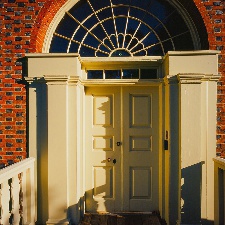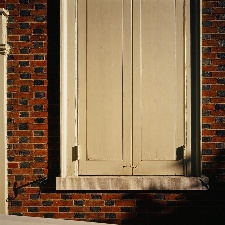The paint wasn’t even dry on this jewel of Georgian institutional design, , when the First Continental Congress met here to begin to discuss treason. The exterior is mostly original but interiors, though nice, are Victorian creation.
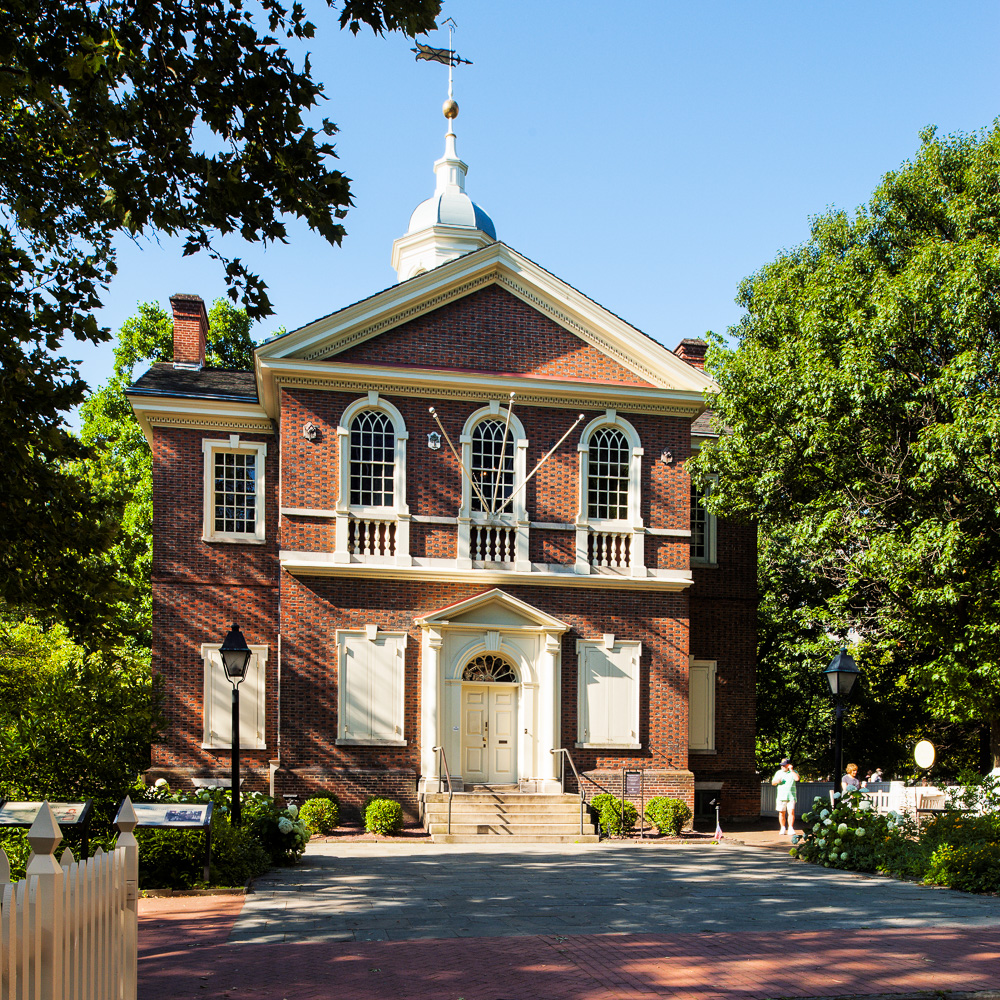
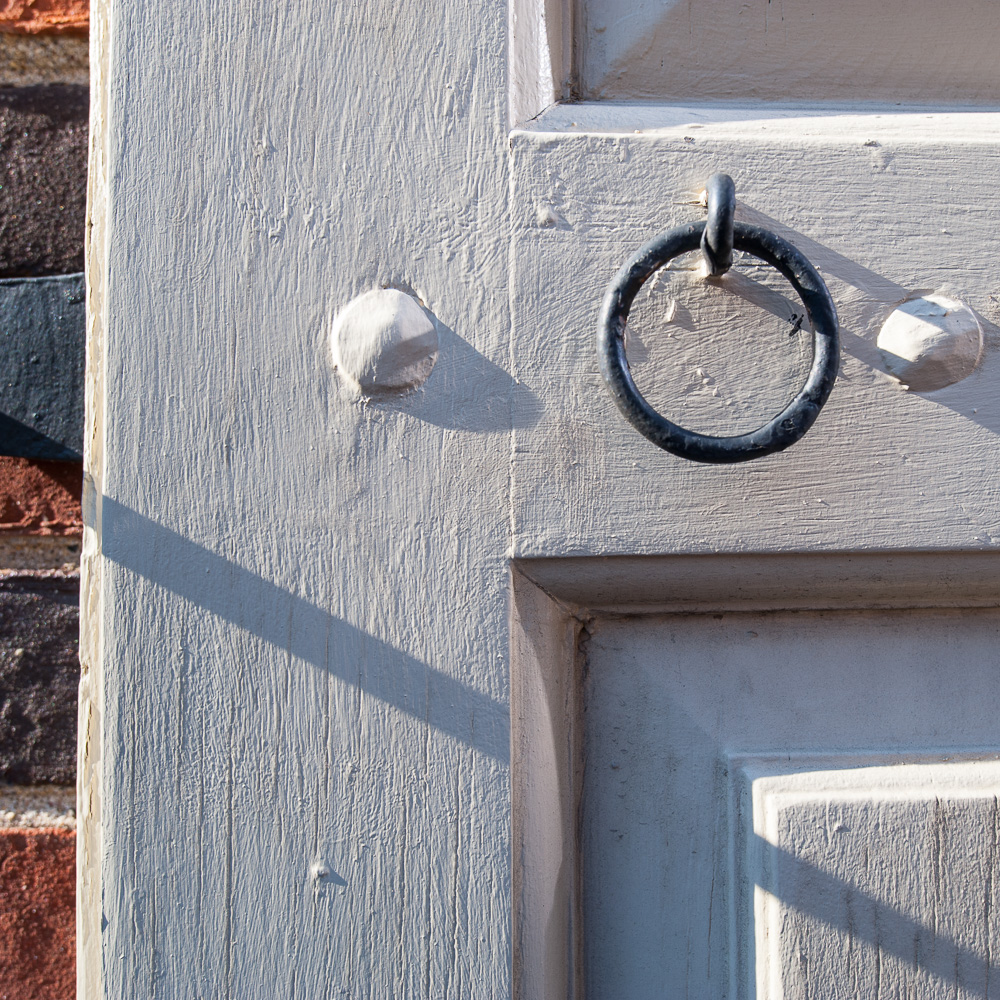
From any angle, Carpenter’s Hall is a beautiful Georgian building. It’s built like a little Georgian jewel, displaying all the characteristics of the classic Georgian style. Its wonderfully executed details and its balanced proportions combine to form a unified whole.
The cruciform plan creates four pedimented pavilions, each with the proportions of a (somewhat elongated) Greek temple front. These facades illustrate my favorite thing about the building – its sense of balance. Each of the four facades gives just enough vertical emphasis not to be too horizontal, and just enough horizontal emphasis not to be too vertical.

Like many great buildings, you can appreciate Carpenter’s Hall’s overall form from a distance, but the quality of the detailing becomes obvious as you get closer. For example, in order to avoid an awkward joint, the water table on the north and south facades stops short of the columns at the at the doors, creating what architects call a reveal. Half sized glazed headers have been inserted at the ends of the walls to make Flemish bond spacing come out correctly. Dentil work in the pediment over the door is echoed in a larger scale on the gable end pediment above. Finally, a spectacular fan light has been placed over the south entrance, flooding the interior with sunlight.
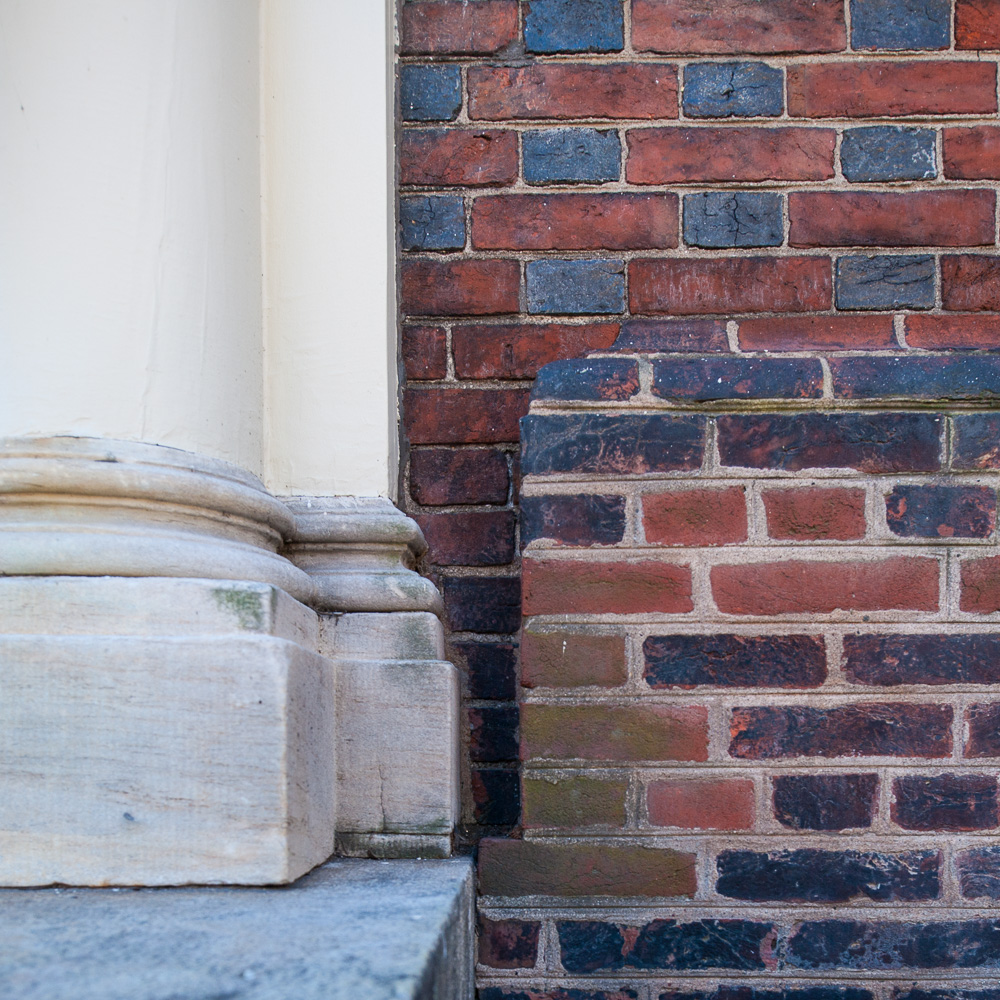
The Carpenter’s Company was (and is) an association of master builders (now including architects and engineers) – something like an association of general contractors of its time. It was exclusive, made up of the distinguished builders of the era. As a closed society, they wanted to control the availability of knowledge for their members use in the form of a limited circulation rule book which gave instruction on how to do estimating as well as how to design certain construction details. Upon the death of a member, two representatives from the Company would go to the member’s widow with a small payment to help with funeral costs and other expenses on the condition that the two members recovered the dead member’s copy of the rule book.
There is a letter from Thomas Jefferson asking for a copy of the rule book to help him when he was building the University of Virginia. The reply back is direct and to the point – Jefferson wasn’t a member and a rule book would not be sent. If Jefferson wanted to secure the services of a member of the company, one would be happy to come down and assist him in Charlottesville.


